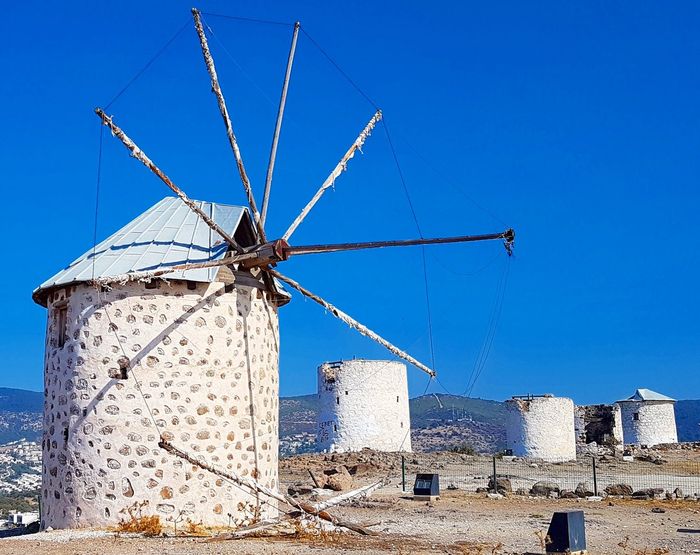Duration and Stability of the Parliament
The Serbian Parliament is elected for a term of four years, but it typically functions for only about two years before facing significant changes. If there aren’t at least six to eight shifts in the Ministry during that time, it is considered a slow political period. Just a week or two before my visit, a general election was held, resulting in the election of 160 members. However, after just one week of sitting, the Parliament was already grappling with problems related to the elections Istanbul Tours.
Addressing Election Irregularities
The first issue involved six seats that were contested due to irregularities—one seat belonging to the Government and five to the Opposition. In a surprising move, the Government decided to overlook these irregularities, reasoning that mistakes can happen in even the best-run elections. This decision allowed all six seats to be accepted, which the Opposition found acceptable since it kept the Government’s majority to just one vote instead of five A Visit to the Serbian Parliament.
Next, another set of six seats came into question, all of which were Government seats. The Government proposed that these seats, too, should be accepted just like the previous ones. However, the Opposition was taken aback. They argued that overlooking legal issues in elections was unacceptable. They positioned themselves as champions of honor and justice, emphasizing that fair elections were more important than keeping any Ministry in power. Their commitment to integrity was their guiding principle during this parliamentary session.
The Parliamentary Chamber
The room where these debates took place was quite plain, almost cheap in appearance. It was a large square chamber with color-washed walls. At the front, there was a raised platform covered with matting, adorned with a crimson canopy. Below this canopy sat a grand red velvet and gold armchair, which was referred to as the throne. In front of this chair was a long table draped in green baize, where the President of the Parliament sat on a simple cane-bottomed chair.
The President was an energetic little man, with thin hair slicked back and a prominent chin. He had a gong in front of him, which he would strike forcefully to bring order to the room when necessary, especially when a speaker needed to be heard or when discussions needed to be reined in.
To the President’s right was another table for the Ministers, and to his left was a third table for the Departmental Secretaries. In front of the members sat the official Reporter, whose job was to summarize what had occurred in committee meetings, defend the Ministry’s actions, and express frustration when anyone questioned the Ministry’s proposals.
The Members’ Arrangement
The members of the Parliament were arranged in a semicircle with three gangways. This setup created a dynamic atmosphere for debate, where each member could contribute to discussions that were crucial to the nation’s future. Despite the simplicity of the surroundings, the stakes of the debates were high, reflecting the ever-changing political landscape in Serbia.








